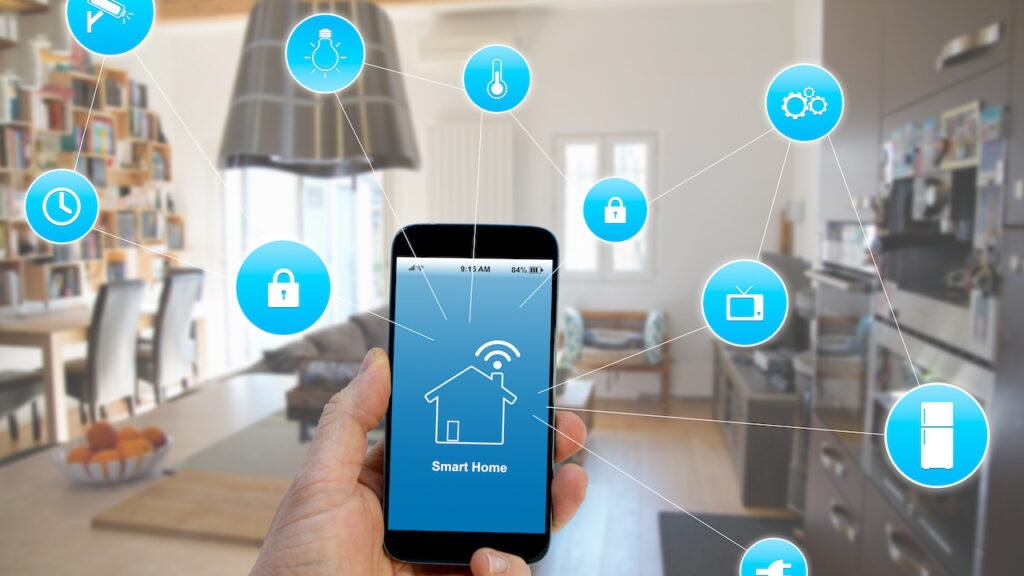
Smart Home Products
Introduction
In the ever-evolving landscape of technology, the integration of smart home products devices has transformed the way we live, providing unparalleled convenience and connectivity.
However, as we embrace the era of smart homes in 2023, it is crucial to acknowledge and address the growing concerns surrounding cybersecurity.
This extensive guide aims to provide you with comprehensive insights, strategies, and actionable steps to not only secure your smart home devices but also protect your privacy from potential hackers.
Understanding the Smart Home Landscape
Before delving into the intricacies of safeguarding your smart home, let’s take a moment to understand the diverse array of devices that constitute this interconnected ecosystem.
From smart thermostats, cameras, and lighting to intelligent locks and voice-activated assistants, each device plays a unique role in enhancing the functionality and efficiency of your home.
However, this interconnectedness also poses security challenges, as hackers seek to exploit vulnerabilities in these devices to gain unauthorized access.
1. Foundational Security Measures
1.1 Strengthen Your Network Security
The foundation of a secure smart home lies in the strength of your network. Begin by securing your Wi-Fi network with a robust, unique password using the latest encryption standards, such as WPA3.
Change default login credentials for your router to minimize the risk of unauthorized access. Regularly update your router’s firmware to patch vulnerabilities and enhance security features.
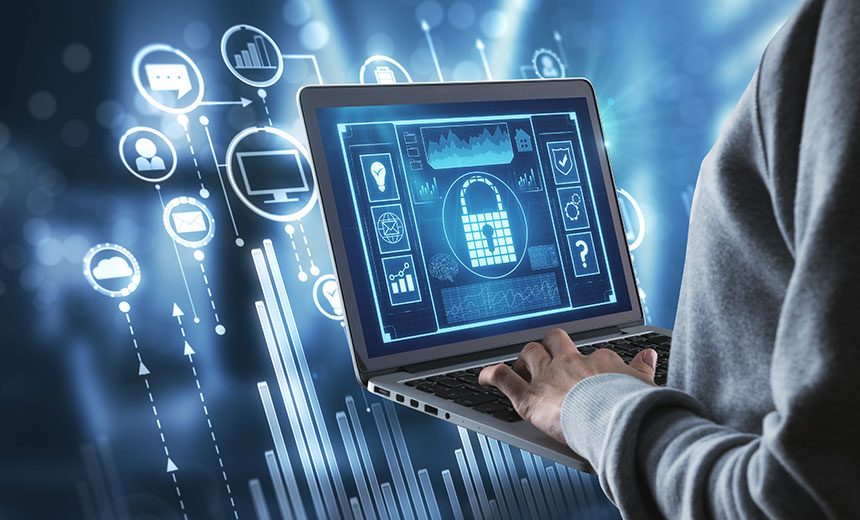
Consider setting up a separate network for your smart devices to isolate them from personal and sensitive data. This not only adds an extra layer of security but also limits the potential damage in case of a security breach.
1.2 Keep Software and Firmware Up to Date
Smart home device manufacturers consistently release updates and firmware patches to address security vulnerabilities. Stay vigilant and promptly install these updates to ensure that your devices are equipped with the latest security features.
Enable automatic updates whenever possible to streamline this process and minimize the risk of overlooking critical security patches.
Regularly check for updates not only on your smart home devices but also on the applications and platforms that control them. This includes mobile apps, voice assistants, and any associated cloud services.
By keeping everything up to date, you reduce the chances of hackers exploiting known vulnerabilities.
1.3 Implement Multi-Factor Authentication (MFA)
Multi-factor authentication (MFA) adds an additional layer of security by requiring users to provide multiple forms of identification before accessing their accounts. Enable MFA for all your smart home device accounts and associated apps.
This extra step can significantly reduce the risk of unauthorized access, even if your login credentials are compromised.
Popular authentication methods include text messages, authentication apps, or biometric verification. Choose the method that best suits your preferences and the capabilities of your devices.
This additional layer of security acts as a formidable barrier against hackers attempting to gain control of your smart home.
2. Device-Specific Security Measures
2.1 Securing Smart Home Cameras and Doorbells
Smart home cameras and doorbells are crucial for enhancing security, but they can also be vulnerable points if not properly secured. Follow these tips to ensure the safety of your surveillance devices:
- a. Change Default Passwords: Always change the default passwords on your cameras and doorbells to unique, strong passwords.
- b. Disable Unnecessary Features: Disable any features that you don’t use, such as remote access, to minimize potential vulnerabilities.
- c. Regularly Update Firmware: Keep the firmware of your cameras and doorbells up to date to benefit from the latest security enhancements.
2.2 Securing Smart Lighting and Thermostats
While smart lighting and thermostats contribute to energy efficiency and comfort, they can also be targets for hackers seeking to gain control over your home environment. Take the following steps to secure these devices:
- a. Use Strong Passwords: Set strong, unique passwords for your smart lighting and thermostat devices to prevent unauthorized access.
- b. Create Guest Networks: If your smart devices support guest networks, consider connecting them to a separate network to isolate them from your primary network.
- c. Disable Remote Access: If you don’t need remote access to control your lights or thermostat, consider disabling this feature to reduce the attack surface.
2.3 Safeguarding Smart Home Assistants
Voice-activated smart home assistants like Amazon Alexa and Google Assistant are convenient but can pose privacy risks if not properly secured. Follow these guidelines to secure your smart home assistants:
- a. Review Privacy Settings: Regularly review and adjust the privacy settings of your smart home assistants to control the data they collect.
- b. Use Voice Recognition: If available, enable voice recognition features to ensure that only authorized users can access and control the assistant.
- c. Delete Voice Recordings: Periodically delete stored voice recordings to enhance privacy and reduce the risk of unauthorized access.
3. Advanced Security Strategies
3.1 Monitor Device Permissions
Smart home devices often require various permissions to function optimally. However, it’s crucial to review and manage these permissions regularly to minimize potential risks.
Only grant necessary permissions and avoid providing unnecessary access to sensitive information.

Periodically audit the devices connected to your smart home network to identify and revoke any unnecessary permissions.
3.2 Set Up a Guest Network
If your router supports it, consider setting up a guest network for your smart home devices.
This separate network can isolate your smart devices from your primary network, preventing potential lateral movement by hackers.
Additionally, it limits the impact of a security breach, as compromised smart home devices on the guest network won’t have direct access to your personal data.
3.3 Secure Smart Locks
Smart locks offer an enhanced level of convenience and security for your home, but they also need careful attention to prevent unauthorized access. Implement the following practices to secure your smart locks:
- a. Regularly Change PIN Codes: If your smart lock uses PIN codes, change them regularly to prevent unauthorized access.
- b. Disable Unnecessary Features: Disable any unnecessary features, such as remote unlocking, that may pose security risks.
- c. Monitor Access Logs: Regularly review the access logs provided by your smart lock to detect any suspicious activities.
5. Proactive Measures and Education
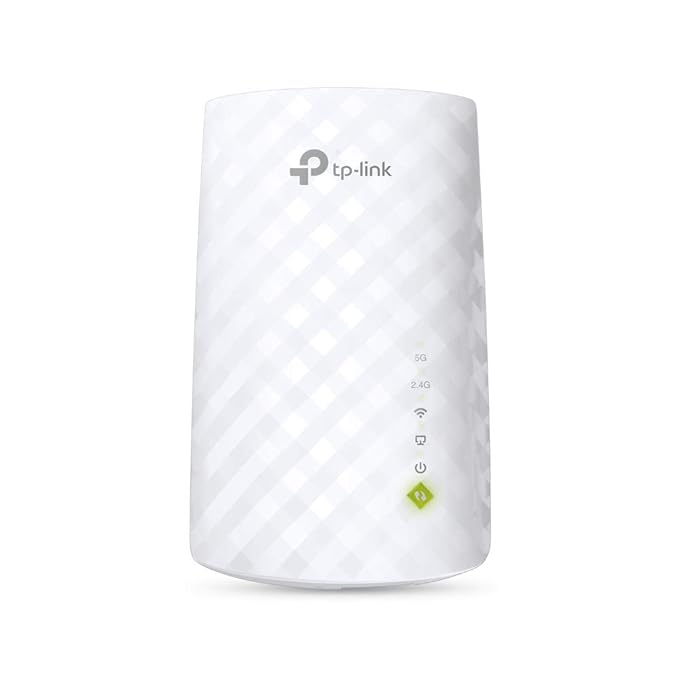
Best Wifi high signal booster check price
4.1 Educate Family Members
Securing your smart home is a collaborative effort that involves all members of your household. Educate your family members about the potential risks associated with smart home devices and the importance of following security best practices.
Encourage them to use strong, unique passwords, enable MFA, and be cautious about granting permissions to unfamiliar devices.
4.2 Stay Informed About Emerging Threats
Cybersecurity is an ever-evolving field, and staying informed about emerging threats is crucial. Subscribe to reputable cybersecurity news sources, follow updates from smart device manufacturers,
and participate in online communities discussing smart home security. Being proactive in staying informed allows you to adapt your security measures to new and evolving threats.
6. Advanced Threat Mitigation Techniques
5.1 Behavioral Analytics for Anomaly Detection
Implementing behavioral analytics can significantly enhance your smart home security. This involves monitoring the normal behavior of your devices and setting up alerts or automated responses when unusual activity is detected.
For instance, if your smart thermostat suddenly starts behaving erratically or if your security camera detects unexpected motion, the system can trigger an alert, enabling you to investigate potential security threats promptly.
5.2 Network Segmentation
Consider segmenting your smart home devices into different networks based on their functionality and security requirements. This approach, known as network segmentation, ensures that even if one segment is compromised,
the others remain secure. For example, place your entertainment devices on a separate network from your security cameras. This way, a breach in one area doesn’t automatically expose your entire smart home ecosystem.
5.3 Intrusion Detection and Prevention Systems (IDPS)
Intrusion Detection and Prevention Systems (IDPS) add an extra layer of defense by actively monitoring network and/or system activities for malicious exploits or security policy violations.
These systems can automatically respond to detected threats, blocking or mitigating potential attacks in real-time. Consider integrating an IDPS into your smart home network to fortify your defenses against increasingly sophisticated cyber threats.
6. Data Privacy and Cloud Security
6.1 Understand Data Collection Policies
Review and understand the data collection policies of each smart home device and associated applications. Be aware of the type of data being collected, how it is stored, and who has access to it. Opt for devices and services that prioritize user privacy and provide transparent information about their data handling practices.

6.2 Utilize Local Storage Options
Some smart home devices offer the option to store data locally instead of relying solely on cloud storage. This can enhance your privacy by reducing the amount of personal information transmitted over the internet. Explore the settings of your devices to see if they allow for local storage and configure them accordingly.
6.3 Encrypt Cloud-Stored Data
If you choose to utilize cloud storage for your smart home devices, ensure that the data stored is encrypted. Encryption adds an extra layer of protection, making it significantly harder for hackers to access and interpret sensitive information. Check the encryption standards used by the cloud service associated with your devices and adjust settings as needed.
7. Continuous Monitoring and Incident Response
7.1 Continuous Monitoring
Security is an ongoing process, and continuous monitoring is essential to identify and address potential threats in real-time. Invest in security solutions that provide constant monitoring of your smart home network. These solutions can detect unusual patterns of activity, unauthorized access attempts, or other signs of a security breach.
7.2 Incident Response Plan
Developing an incident response plan is critical for minimizing the impact of a security breach. Outline the steps to take if a device is compromised, including isolating affected devices,
contacting manufacturers for support, and reporting the incident to relevant authorities. Ensure that all members of your household are familiar with the incident response plan to facilitate a swift and coordinated response.
8. Future-Proofing Your Smart Home Security
8.1 Explore Emerging Technologies
Stay abreast of emerging technologies that can bolster the security of your smart home. Technologies like blockchain, for example, are increasingly being explored for securing IoT (Internet of Things) devices. Keep an eye on advancements in the cybersecurity space and be open to adopting new technologies that align with your smart home security goals.
8.2 Participate in Cybersecurity Communities
Engage with online communities and forums dedicated to smart home security and cybersecurity in general. Share your experiences, learn from others, and stay informed about the latest developments and best practices. Collaborating with a community can provide valuable insights and support, creating a collective defense against evolving cyber threats.
9. Securing Smart Home Sensors and Wearables
9.1 Check and Secure Sensor Devices
Smart home sensors, including motion detectors and environmental sensors, play a vital role in automating your home. However, these devices can also be potential entry points for hackers. Healthcare
Regularly check the security settings of these devices and ensure that they are protected with strong, unique passwords. Additionally, limit the data they collect to the essentials and review their permissions regularly.
9.2 Protecting Wearables and Health Devices
The integration of wearables and health monitoring devices into smart homes adds a layer of personal data that requires special attention. Whether it’s a smartwatch, fitness tracker,
or health monitoring device, prioritize the security of these wearables. Set up device passcodes, encrypt health data, and carefully manage app permissions to maintain the privacy of your health-related information.
10. Home Automation Platforms and Hubs
10.1 Secure Home Automation Hubs
Home automation hubs serve as the central control units for smart home ecosystems. Whether it’s a dedicated hub or a platform like Apple HomeKit or Samsung SmartThings, securing these central nodes is crucial.
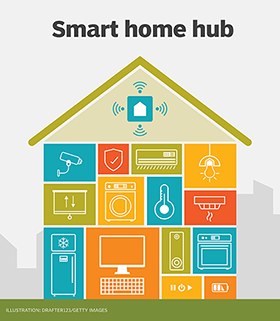
Update the firmware regularly, change default passwords, and monitor the hub’s activity for any signs of unauthorized access. Ensure that only authorized devices and users have access to the hub.
10.2 Review Third-Party Integrations
Smart Home Products platforms often support third-party integrations to expand functionality. While these integrations can enhance your smart home experience, they can also introduce security risks.
Before integrating third-party devices or services, research their security practices, and only choose those with a reputable track record. Regularly review and remove any unnecessary integrations to minimize potential vulnerabilities.
12. Physical Security Measures
11.1 Secure Physical Access to Devices
Physical security is as important as digital security. Ensure that physical access to your smart home devices is restricted. Place devices like smart locks and hubs in secure locations, and if possible, use tamper-resistant hardware. Physically securing devices reduces the risk of unauthorized manipulation and adds an extra layer of protection.
11.2 Consider Smart Home Insurance
Some insurance providers offer specific policies for smart home devices. These policies may cover damages resulting from cyber threats, providing an additional layer of financial protection. Explore smart home products insurance options and choose a policy that aligns with your security needs.
12. Government and Industry Regulations
12.1 Stay Informed About Regulations
Governments and industry bodies are increasingly recognizing the importance of regulating smart home products security. Stay informed about any regulations or guidelines introduced in your region. Compliance with these standards can not only enhance your security posture but also protect you legally in case of security incidents.
12.2 Advocate for Stronger Security Standards
Engage with advocacy groups and contribute to discussions about smart home security standards. By participating in the dialogue, you can play a role in shaping regulations that promote robust security practices across the smart home products p industry.
Advocate for transparency, user privacy, and stringent security standards to create a safer environment for all smart home users. Related topics
Conclusion: A Resilient Smart Home for the Future
As we continue to embrace the conveniences offered by smart home products technology in 2023 and beyond, the responsibility to secure our connected living spaces becomes paramount.
By implementing these advanced measures, staying informed about emerging technologies, and actively participating in the broader cybersecurity community, you can fortify your smart home against a spectrum of threats.
Remember, the journey to a secure smart home is ongoing, requiring a combination of technological prowess, user awareness, and collaborative efforts to ensure a resilient and safe living environment.
Embrace the future with confidence, knowing that your smart home is well-protected and ready for the challenges ahead.
FAQS
Securing your smart home is crucial to protect your privacy and prevent unauthorized access. Without proper security measures, your interconnected devices may be vulnerable to hacking attempts, potentially leading to data breaches and privacy violations. To enhance network security, use a strong, unique Wi-Fi password with WPA3 encryption, change default router login credentials, and set up a separate network for smart devices. Regularly update your router’s firmware to patch vulnerabilities and enable multi-factor authentication for an additional layer of protection. Change default passwords, disable unnecessary features like remote access, and regularly update firmware for smart cameras and doorbells. These steps help mitigate vulnerabilities and ensure that these security-focused devices remain a robust part of your home defense. Secure smart lighting and thermostats by using strong passwords, creating guest networks, and disabling remote access if unnecessary. Regularly updating firmware is essential to benefit from the latest security enhancements. Yes, secure smart home assistants by reviewing and adjusting privacy settings, enabling voice recognition features, and periodically deleting stored voice recordings. These steps enhance privacy and reduce the risk of unauthorized access.1. Why is securing my smart home important?
2. How can I strengthen my smart home network security?
3. What should I consider when securing smart cameras and doorbells?
4. How can I protect my smart lighting and thermostats?
5. Are there specific security measures for smart home assistants?

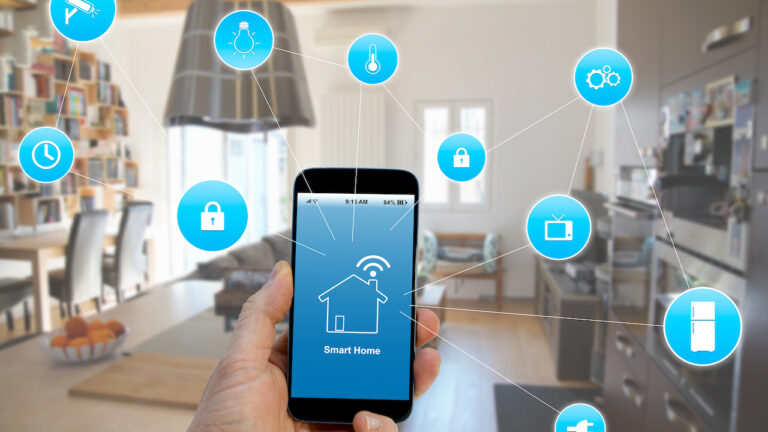
1 thought on “How to Secure Your Smart Home Products Devices and Protect Your Privacy from Hackers 2023”